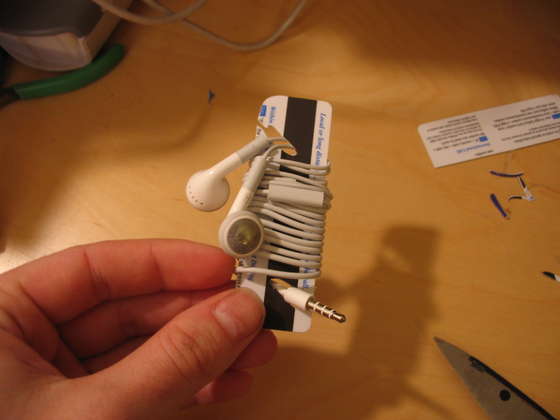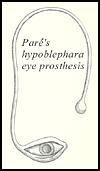
There Are 12 Kinds of Ads in the World
In 1978, Donald Gunn was a creative director for the advertising agency Leo Burnett. Though his position implied expertise, Gunn felt he was often just throwing darts—relying on inspiration and luck (instead of proven formulas) to make great ads. So, he decided to inject some analytical rigor into the process: He took a yearlong sabbatical, studied the best TV ads he could find, and looked for elemental patterns.
After much research, Gunn determined that nearly all good ads fall into one of 12 categories—or “master formats,” in his words. At last year’s Clio Awards, I saw Gunn give a lecture about these formats (using ads mostly from the ’70s and ’80s as examples), and I was fascinated by his theory. I soon found myself categorizing every ad I saw on TV. It was a revelation: The curtain had been pulled back on all those sly sales tactics at the heart of persuasive advertising.
This slide show presents some recent ads exemplifying each of Gunn’s 12 basic categories. With a little practice, you, too, will be ticking off the master formats during commercial breaks.
Cardboard Cutouts of Kids Slows Traffic
Mike Wood didn’t intend on slowing motorists north of West Salem — he was just trying to advertise his business.But as luck would have it, Wood was able to do both.
The owner of Mike’s Sign Factory located on state Route 301 in West Salem, Wood reproduced life-size cutouts of his children and grandchildren and placed them in his front yard to show passing drivers what his business is capable of.
“It was really all by accident,” said Wood, who’s lived in West Salem for 30 years. “We started making standups of our kids about a year ago and put them out by the road with a sign that said ‘Kids For Sale.’ Then we realized that as a side benefit because they looked so real, traffic was slowing down. We saw a show about a week ago on Channel 5 asking for suggestions on how to slow speeders, so I sent them an e-mail telling them what we did and five minutes later they got back with me wanting to do an interview.”

History of Artificial Eyes
 The eye was a symbol of life to the ancient world, particularly in Egypt, where bronze and precious stone eyes were placed on the deceased. The Romans decorated statues with artificial eyes made of silver. Ambrose Paré (1510-1590), a famous French surgeon, was the first to describe the use of artificial eyes to fit an eye socket. These pieces were made of gold and silver, and two types can be distinguished: ekblephara and hypoblephara, intended to be worn in front of or under the eyelids, respectively. A hypoblephara eye was designed to be used above an atrophic eye, as enucleation was not a common practice until the middle of the 1800s.
The eye was a symbol of life to the ancient world, particularly in Egypt, where bronze and precious stone eyes were placed on the deceased. The Romans decorated statues with artificial eyes made of silver. Ambrose Paré (1510-1590), a famous French surgeon, was the first to describe the use of artificial eyes to fit an eye socket. These pieces were made of gold and silver, and two types can be distinguished: ekblephara and hypoblephara, intended to be worn in front of or under the eyelids, respectively. A hypoblephara eye was designed to be used above an atrophic eye, as enucleation was not a common practice until the middle of the 1800s.
More here.